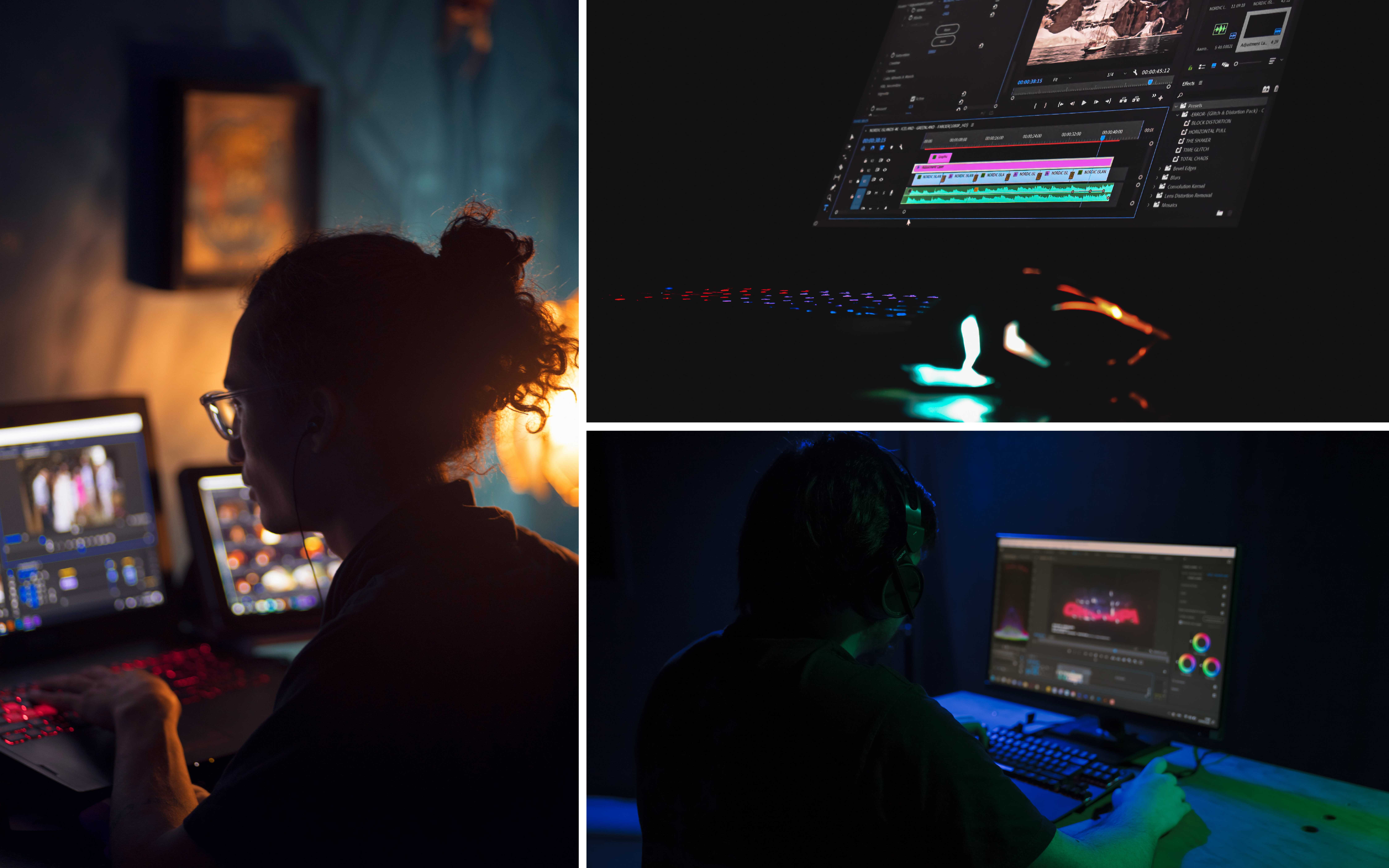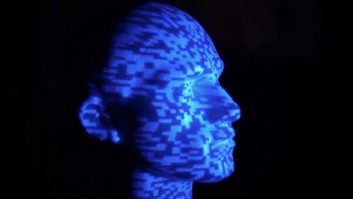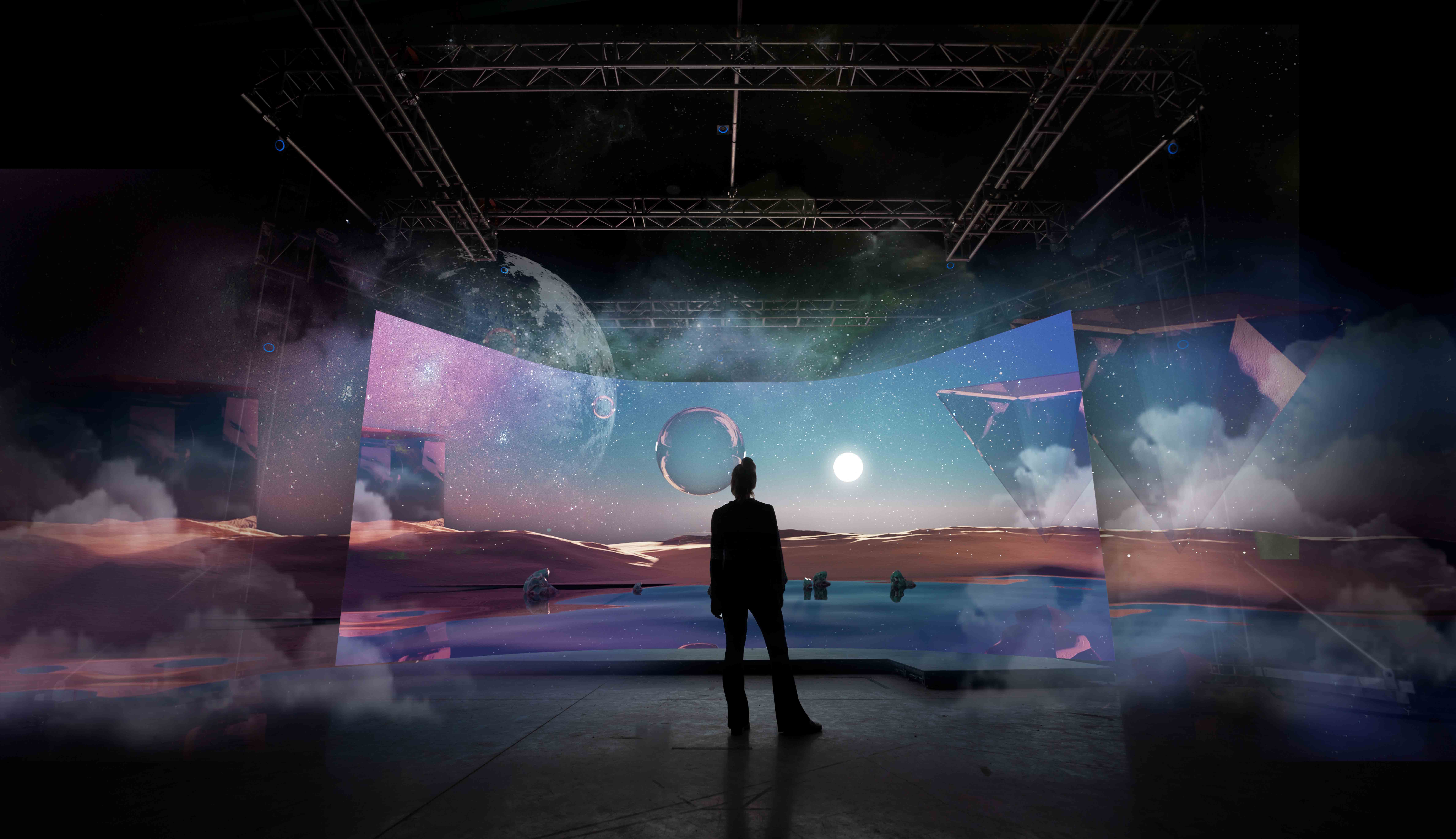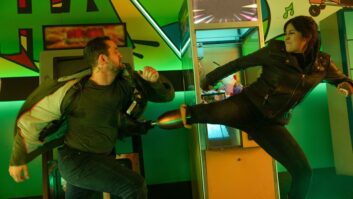
Stereographer Adam Sculthorp, formerly of Telegenic, recently set up creative stereoscopic production support and services agency 3dia. With fellow stereographer Peter Howard their credits include Kew (Atlantic Productions), Tim Marlow on Sculpture (7th Arts Productions), Dance, Dance, Dance (Fresh One Productions), Treasure Houses of Britain (Colonial Pictures), the feature Carmen in 3D, directed by Julian Napier and Mike Figgis’ Lucrezia Borgia directed by David Barnard live to cinemas. Here he shares advice for producers fresh to 3D on how to prepare for production:
“I am going to start off by suggesting that if you haven’t produced 3D content before (or even if you have) then always consult with a 3D specialist. In fact most broadcasters now require the stereographer to be named in the supporting editorial documents when pitching. At 3dia we offer free confidential consultations and because we are not competing as a production company or equipment rental house we are able to offer unbiased
advice. “One of the key things when developing a 3D concept is to appreciate the key differences with 2D as well as looking at what the 3D can offer us as creatives, how can we use this story telling technique to engage our viewers and give them the opportunity to be immersed in our world. “The most important thing to remember when considering the differences between 2D and 3D is that when creating stereoscopic content the cinema or television screen suddenly becomes more than a story telling device. We are now creating a visual illusion by fooling our brains into fusing two projected images into a 3D experience because of this we must be sympathetic to our viewers and remember that this process of visualizing 3D images takes time. As a result the brain can quickly become overloaded especially if we try to push the illusion too hard, if the motion or cut rate is too fast, or if there are any disturbances within the 3D. “A good way to explain this is to compare production techniques with our own eyesight, how do we actually see the world? For example what happens when we look at an object and then we decide to look somewhere else? Our vision doesn’t whip pan, our brain actually shuts down our eyesight during the moment our eyes flick to the new object.
“So while in reality our brain has the opportunity to make a conscious decision to shut down for a fraction of a second, when watching 3D our brain can’t make this decision and it is forced to visualise everything it is being shown. It is because of these physical process of vision that we must keep these rules of nature in mind when producing 3D content.” www.3dia.co.uk







